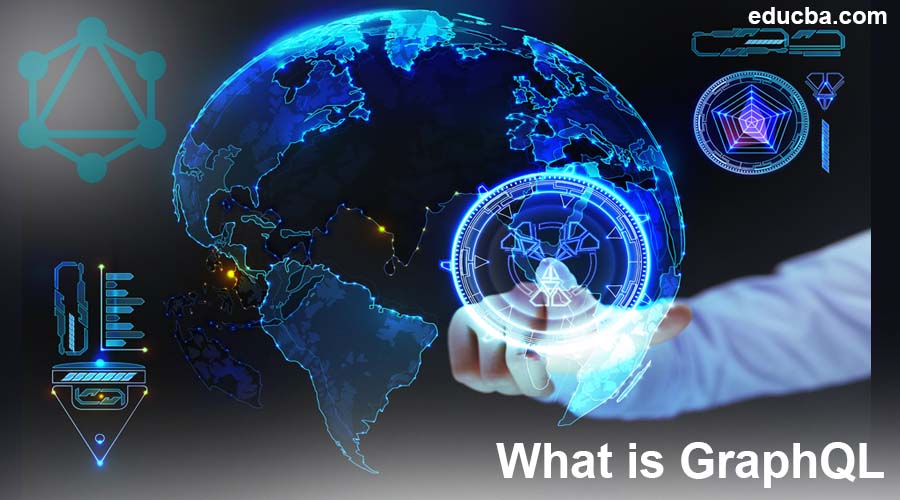Overviews for GraphQL
GraphQL is a compelling query language that communicates data between a client, the browser, and a server. It allows us to structure data-driven applications more flexibly and efficiently than a restful approach. So imagine that we created some restful API for a website that displays books and authors. To retrieve information about a particular book and display that information on the web page, we would probably make an AJAX request to an endpoint. This would bring back information like the title, genre, review, etc.

What is GraphQL?
It is a server-side open-source technology developed by Facebook to optimize RESTful API calls. It is a data query language and an execution engine. The schemas in GraphQL can be written in GraphQL Schema Definition Language or SDL. SDL is easy to understand and simple to learn. On the other hand, the schemas in It are strongly typed, which is helpful for developers in ways that could not benefit from the APIs without schemas.
Not just that, GraphQL schema is the support system of GraphQL API. The schema explains the possible outputs or responses to the arguments inputted. Thus, schema well defines the operations supported and the capabilities of an API without fail.
How does GraphQL make Working so Easy?
- It reduces the data amount transferred across the wire and is choiceful about the data depending on the client’s needs. Therefore, the mobile client fetches less information as needed on a smaller screen. The biggest problem with most APIs today is that they’re deficient in strong contracts for what their operations should look like.
- As a result, developers have found themselves in situations where they are expected to work with deprecated and deficient API documentation that lacks proper ways of knowing what API supports all operations and how to use them. GraphQL, on the other hand, has proper documentation.
What can you do with GraphQL?
- The structure of GraphQL servers is such that it makes it possible to fetch data declaratively. As a result, it makes it easier to gather the required data with only one request.
- For example, imagine a situation where a person requests details of a particular singer, like name, tracks, etc. For the traditional REST pattern, this would need a minimum of two requests to two endpoints, that is, /artists and/tracks. All the data can be defined using just one GraphQL query to request multiple resources.
Working
It has made frontend developers’ lives easy. All the credits go to GraphQL client libraries like Apollo or Urql. Frontend developers are getting various features like caching or optimistic UI updates for free with fields that might have entire teams dedicated to working on them if GraphQL wasn’t there. With the help of GraphQL, it is now possible to completely redesign an app’s UI without even touching the backend.
Advantages
GraphQL APIs have a strongly typed schema.
- No over fetching and under fetching
- It enables rapid product development
- Rich open-source ecosystem and a fantastic community
Required Skills
Foremost, the user must be proficient with at least one programming language and the basic concepts behind this language. You also need to be proficient with Javascript syntax and ES6 syntax.
Scope
It is now only a tremendous leap ahead of REST API design. GraphQL directly models all sorts of data traversals a client needs to perform to do its job. This space is expected to be significantly refined over the next few years.
Why do we need it, and why should we use GraphQL?
- If you are a frontend developer, you probably won’t be working with the schema, but it will serve as an essential document that lets you know what queries you can make.
- If you compare that to other API standards, like Swagger for REST APIs, you have to trust that whoever wrote the documentation wrote it well, with all edge cases documented. Swagger doesn’t enforce type-checking for different fields, so you can have a valid Swagger YAML file that is now also really difficult to navigate.
- Any valid GraphQL schema will help anyone know what data they’re dealing with, even if it isn’t properly documented.
Who is the Right Audience for Learning GraphQL Technologies?
It is available for a large audience. They include the client-side and server-side since they provide a large ecosystem of libraries for both sides.
How will this Technology help you in Career Growth?
- It would be thankful for all developers, be it the ones with a good grasp over React, Angular, or Android, to learn about GraphQL and to steadily start using it. Various communities are extending support to beginners using GraphQL, such as Slack channel, Apollo, and GraphQL GitHub organization.
- Make sure to visit their portals for support content and the latest updates.
- Various companies now switch to GraphQL because they understand their prospects and significance.
Conclusion
We can conclude that it is an exciting technology, but it is mandatory to understand the tradeoffs before making critical architectural decisions. APIs with few entities and relationships across entities are unsuitable for GraphQL. But, applications with varied domain objects, like e-commerce applications where you have many entities, may be suited for it much more. It is a potent tool, with many reasons to choose it for your projects, but anyways, you don’t have to forget that the most important is choosing whichever tool is right for your project.
Recommended Articles
This has been a guide to What is GraphQL? Here we discuss the working, required skills, scope, career growth, and advantages of GraphQL. You can also go through our other suggested articles to learn more –
